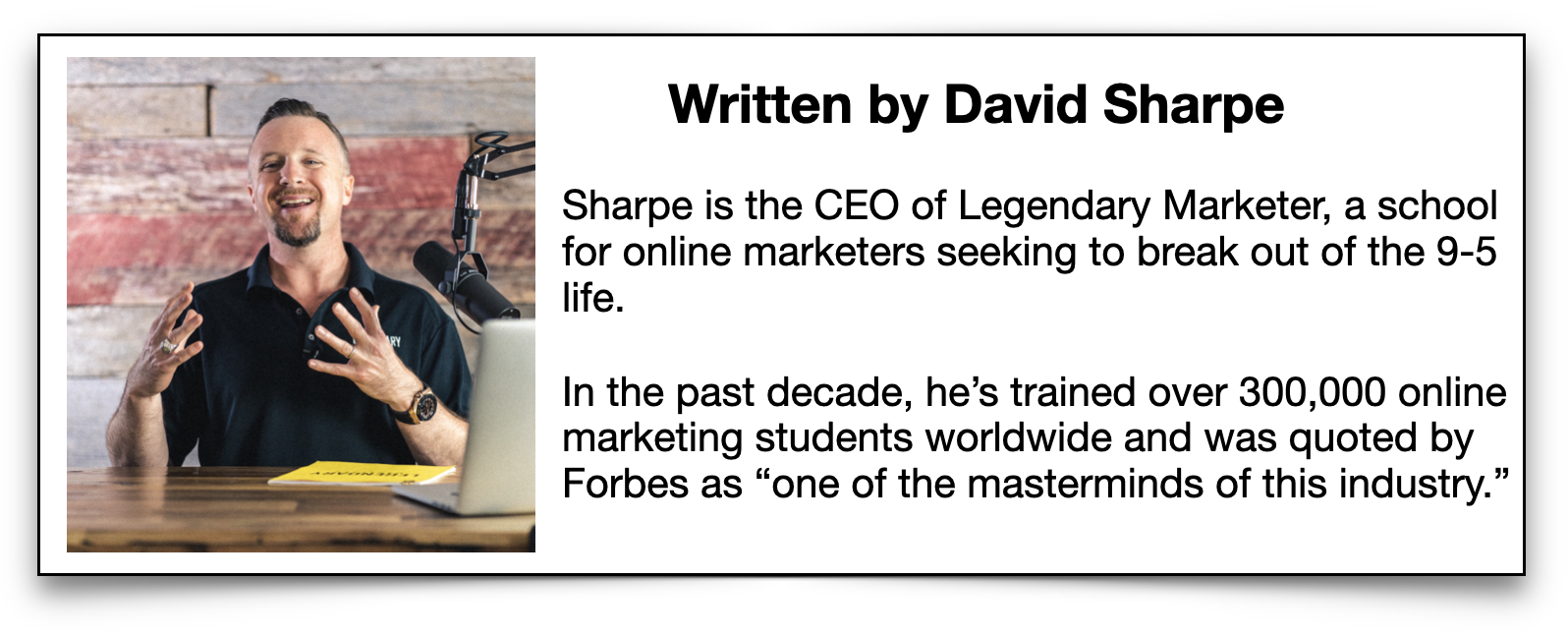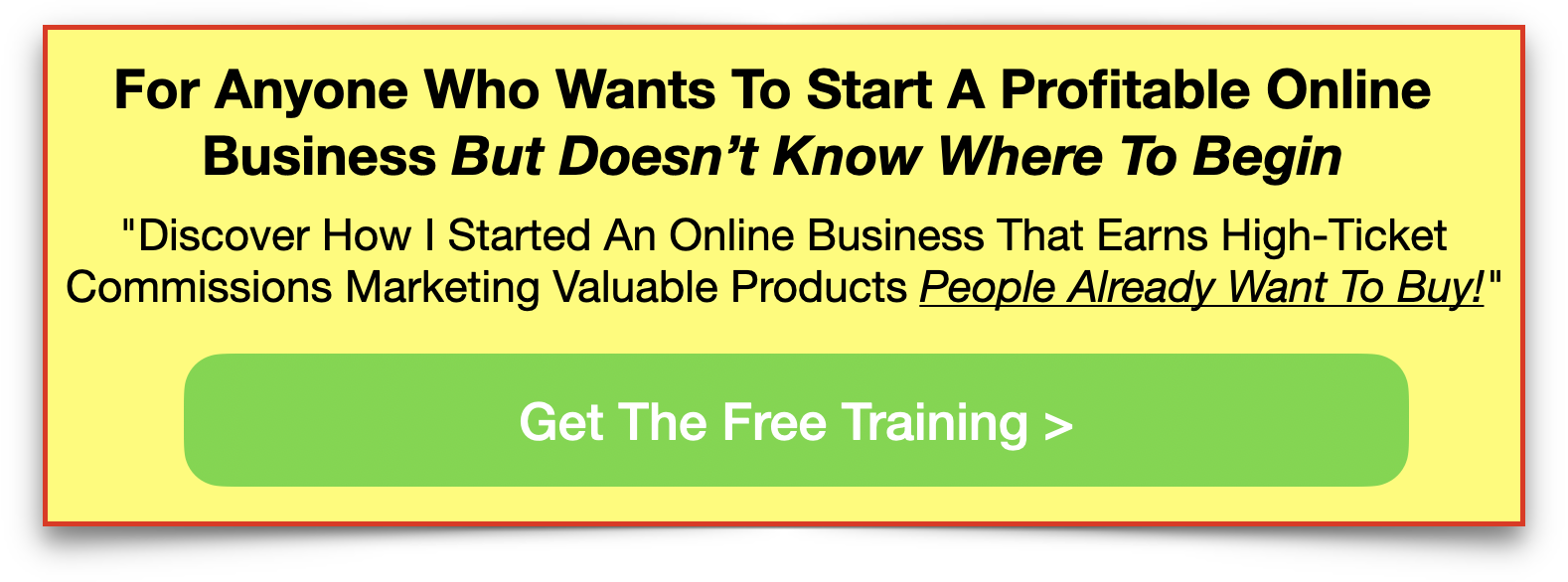
Instagram is one of the most useful platforms to take advantage of in your internet marketing strategy.
In fact, 70% of US businesses are already doing so. It's easy to understand why business are using it as a tool when Instagram has 1 billion monthly users.
With so much content being produced, it's a little overwhelming to understand how to make your content stand out. There are many great theories and strategies out there. What one is proven to work the best?
By creating an Instagram SEO strategy, you can reach your target audience easier than ever before. The saying is, “work smarter, not harder”, so let's get you started with a smarter SEO strategy.
Instagram SEO Strategy
Creating a winning Instagram SEO strategy doesn't have to be all business, it can be fun too! You may be wondering what SEO even means. Let's break it down for you!
What Is SEO?
SEO is an acronym that stands for search engine optimization. It's a fancy way of describing the practice of taking advantage of internet searches. By understanding your audience, using keywords, and sprinkling in some creativity, you can use an SEO strategy to drive traffic towards your website.
Search engines will scan your website for keywords. Let's say someone just entered a search for “interior design trends”. If your website has this wording, it will show in that search.
Instagram + SEO
How can you take this marketing strategy to Instagram? Take advantage of using keywords in hashtags. Creating a hashtag SEO strategy will generate more leads and more engagement with your audience.
Using the right keywords in your hashtags will help your brand become more visible. Combine that with some great content, and you've got a recipe for success.
Build Your Strategy
You are looking to build your own Instagram SEO strategy, but how do you know which keywords to choose? Building any successful marketing strategy starts knowing where you are at, and defining your optimization goals.
Define Your Goals
Having clearly defined goals for your SEO strategy is important in understanding whether or not it’s worth your time. If implemented well, it always will be.
Before you begin rolling out a new strategy, it's important to create a list of goals, or things that you’d like to see improvement on. Some great goals to have when creating an Instagram SEO strategy are:
- Increased organic traffic
- Increased social media activity
- Increased sales
In order to ensure that you reach your goals, you will need to know your audience.
Know Your Audience
Marketing strategies begin with knowing your customer. By knowing your audience you can tailor each post to your unique customer's needs.
By analyzing your audience's interactions with your posts, you can learn about them, and get to know them. By interacting with your audience you can learn important things about them.
You can learn things like:
- What things is your audience searching for?
- Where are your customers located?
- What motivates your audience to purchase something?
- What hashtags are they using?
Knowing your audience will assist you with choosing a hashtag that your target audience is searching.
If your target audience is orthodontists in New York, you probably won't choose #redpanda as a hashtag.
Learn From Competitors
By looking to other leaders in your industry, you can learn a thing or two from their internet marketing. Analyze what they are doing. You can learn from it what works (and what doesn't).
Take the best of what they do and tweak it so it's customized for your audience. Pay attention to which hashtags they are choosing. Which ones are driving the most traffic?
Not sure how to tell which ones are driving traffic? Search the hashtags your competitors are using, to see which ones are used the most.
Keep It Simple
Keeping your hashtags simple will ensure that they are easy to remember for your audience. Being easy to remember means that customers will use them.
Not only will keeping it simple help build your audience, but it will also help the aesthetic of your Instagram post. Having long or complicated hashtags can make your post look messy or unprofessional.
Less is definitely more when using a hashtag.
Let the Fun Begin!
Now that you know keywords are important, and where to look for them, it's time to start creating posts! How do you create posts with keywords that look natural? We are glad you asked!
Use the Right Amount
Remember how we said less is definitely more when it comes to using hashtags? Research has found that Instagram posts with too many hashtags, is seen as “spammy”. So how many hashtags should you be using?
There are many different opinions on how many hashtags you should be using. Some people suggest using a maximum of 30 hashtags. Others advocate that using the maximum is too much, and 5-6 hashtags are sufficient.
Regardless of how many hashtags you choose to use, the important thing to remember is to choose hashtags that are relevant to what your posting, and to your audience.
Be Creative
There are many ways to be creative with your SEO strategy on Instagram.
One way to take advantage of hashtags is to look to the days of the week for inspiration. Not only will using the days of the week keep you consistent in delivering great content, but it's also something everyone can use (AKA a great way to expand your reach)!
Here are some great examples:
- Monday: #MondayMotivation, #MondayVibes, #MondayMood, #
- Tuesday: #Tuesday, #TransformationTuesday, #TuesdayThoughts
- Wednesday: #WednesdayWisdom, #WednesdayVibes, #WednesdayMood
- Thursday: #ThrowbackThursday, #ThursdayVibes, #ThursdayMood, #TBT
- Friday: #FeelGoodFriday, #Frinally, #FridayMotivation
- Saturday: #SaturdaySelfie, #SaturdaySunshine, #Caturday (if you're a cat lover)
- Sunday: #SundayFunday, #SundayVibes
Another creative idea is to brand a hashtag. Create a hashtag just for your business. Some great examples are the State of Michigans hashtag #puremichigan or REI's hashtag #optoutside.
Be Relevant
Remember to take advantage of those keywords! Take advantage of trending hashtags too – as long as they are relevant to what you are posting. If it isn't relevant to your post, your audience may view your choice as a spam attempt.
If what you are offering is keto coffee, you may want to choose hashtags such as #coffee, #keto, or #healthyliving. You wouldn't want to tag #starbucks just because it may be a trending hashtag.
Unless of course, it was relevant to your post. Maybe your business is partnering with Starbucks, and you are announcing that partnership. If that was the case, then using that hashtag would be appropriate.
Use a Hashtag Generator
Not sure which keywords to use for Instagram? Try using a hashtag generator. You can download hashtag generators for free on your phone. A simple one to use is #HashMe.
Once you enter in a keyword to search, the app will find you 30 or more hashtags that are related.
We tried it out and chose “cats” as our keyword. Check out some of the results below!
#cat #gato #meow #kitty #catofthedat #officecat #beantoes #purrfect #ilovemycat #catlovers
Work with a Marketing Firm
By working with a marketing firm you can learn the necessary marketing skills to thrive with confidence in the online marketplace. Working with an expert takes the guesswork out of creating a great SEO strategy.
A marketing firm can help you grow your business using online and cutting edge marketing strategies.
Inspire Your Audience
Using the right keywords is one way to encourage engagement from your audience. Your goal with an Instagram SEO strategy is to inspire your audience to take action.
Inspiring your audience could be as simple as getting them to share your post. It could be to get them to visit your website or buy your product. Inspiring your audience to action is also known as a call to action.
To make a lasting impression with your audience try something unique, like Disney.
Disney has always inspired us. They partnered with Twitter with the #ShareYourEars campaign for Make A Wish Foundation and raised over 3 million dollars.
Create a Winning Strategy
In order to create a successful marketing strategy in today's culture, you need to go where your customers are. That means going digital and interacting with your target audience on social media.
Instagram is a great landscape to grow your audience. There are many ways to incorporate Instagram into your SEO marketing strategy. One great way is to take advantage of the hashtags.
If you are looking for some more great marketing tips,
including how to make multiple high-ticket affiliate commissions each month marketing valuable products people already want to buy, watch our brand new free webclass while access is still free.







